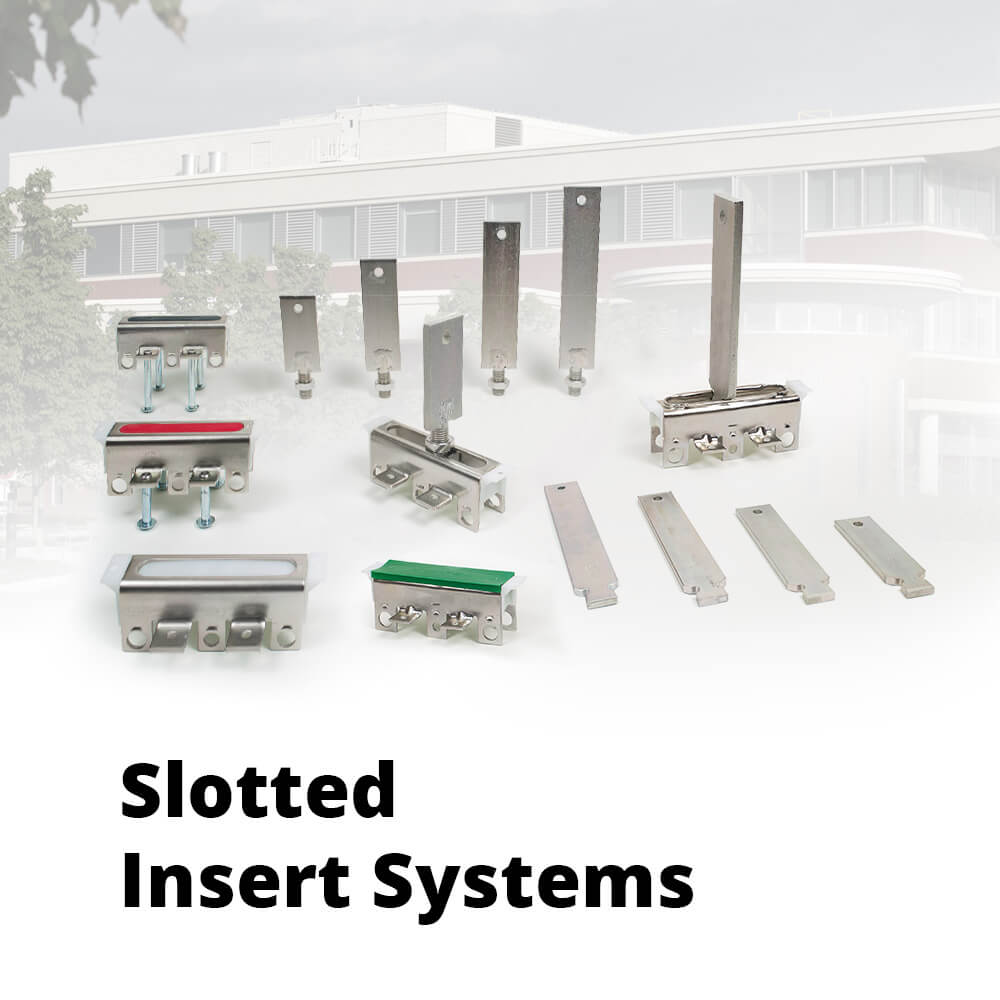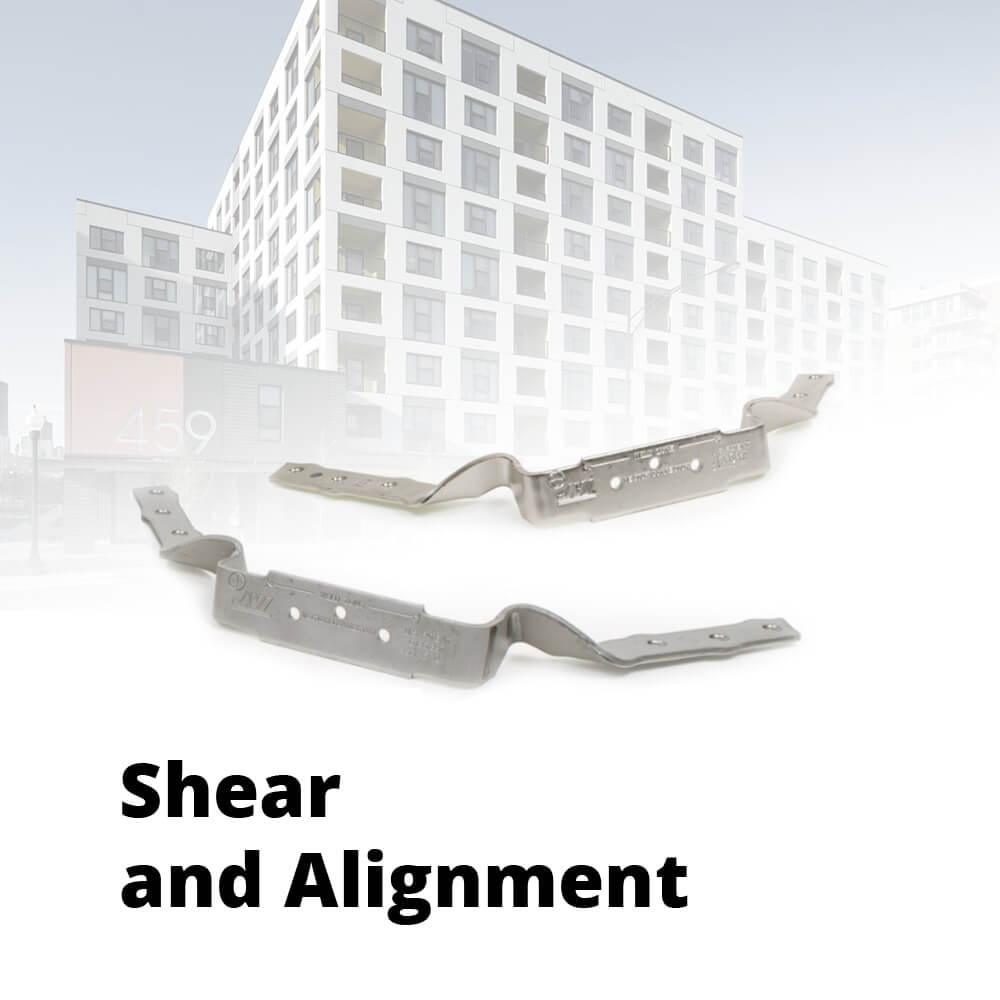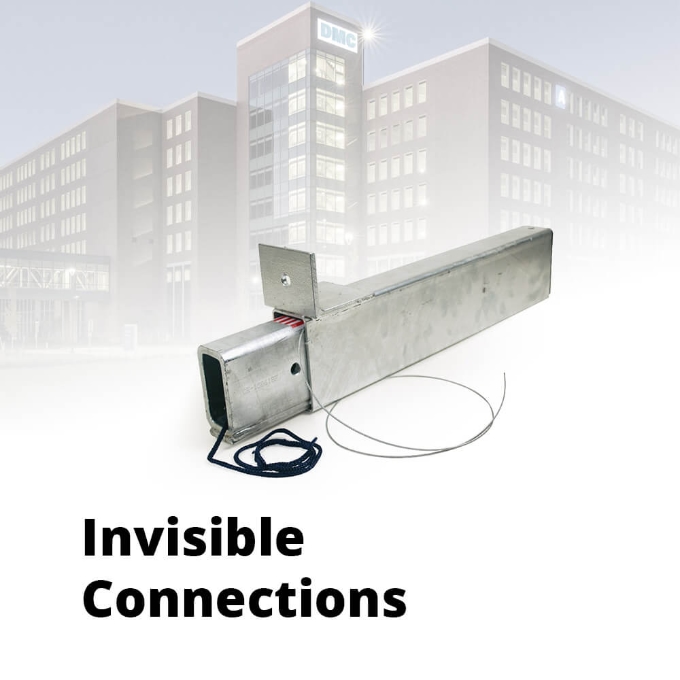Learn What’s New in Revit 2019 for Structural Engineers and Detailers
Credit: Original article published here.
Building on Autodesk’s strategy to make Revit a robust model authoring tool for designing and detailing, the Revit 2019 release includes a number of new features that increase modeling versatility, accuracy, and productivity for engineers and detailers. We’re excited to share these features with you—take a look!
Detailed Steel Design
Revit users can easily modify structural framing and column elements using new edit tools and apply custom parametric cuts to better accommodate the geometry of elements for a steel connection. Steel components like plates, bolts, anchors, shear studs, and welds can now be placed in the 3D model to connect structural members together.

Having a more accurately defined design model in Revit also enables a better interoperability with Advance Steel for steel detailing and fabrication.
Benefit: This new functionality gives you greater flexibility in modelling simple and complex steel connections in your structural steel design.
Standard and Custom Connections
With Autodesk® Revit® 2019 users can perform detailed steel design with out-of-the-box access to a comprehensive library of 125+ parametric connections including the creation of custom connections. There is no more need to install the separate Steel Connections for Revit® add-in as with previous releases.

Benefit: This allows structural engineers and designers to design steel connections with a higher level of detail within the Revit environment. Also it allows you to create your own steel connections and store them for later reuse to improve your productivity.
Documentation with steel details
You can use a set of dedicated tools to create precise and detailed engineering drawings where steel connections are represented accurately.
These structural drawings are easily created complete with dimensions, tags & schedules.
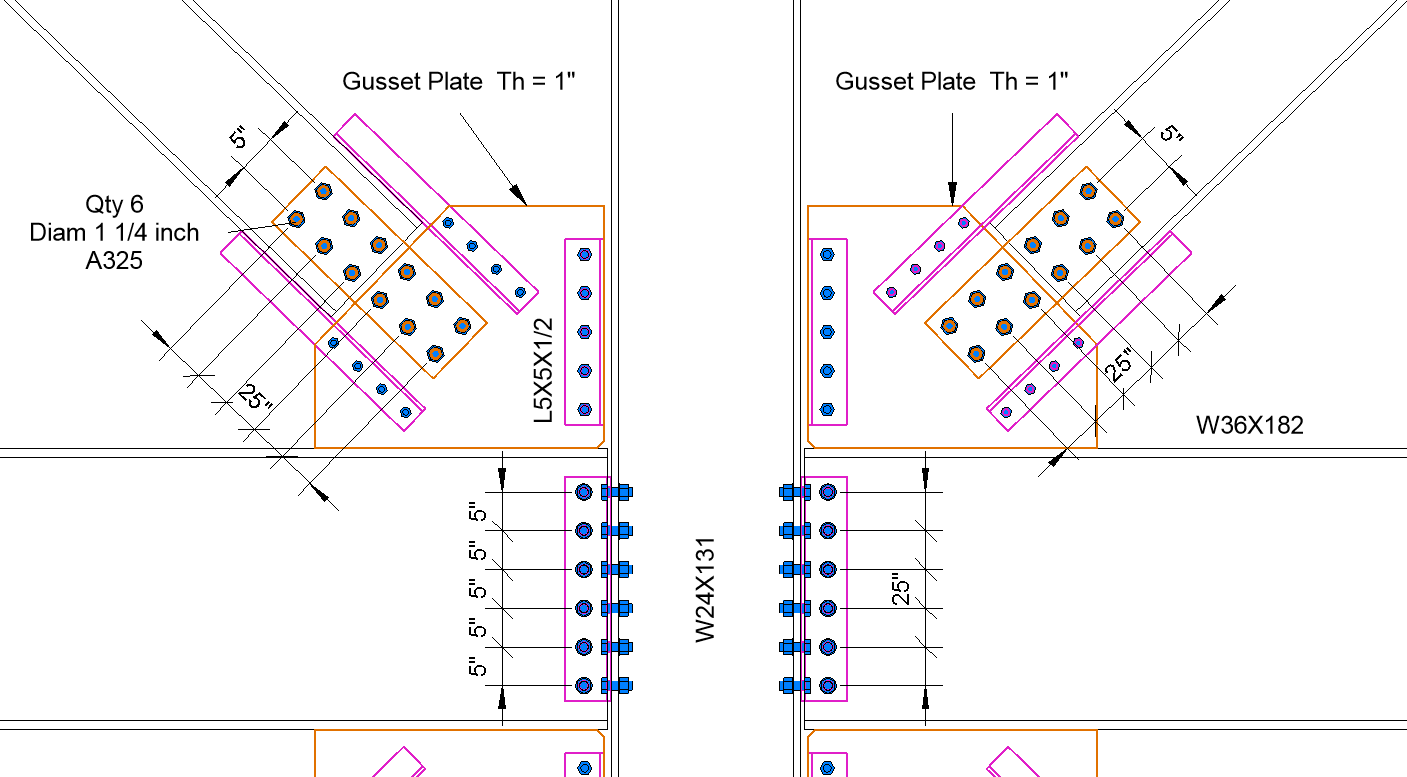
You can get a better understanding & evaluation of steel components with accurate schedules automatically generated out of the 3D model. These schedules can include information for steel elements such as beams, columns and also bolts and plates.
Benefit: This feature allows you to deliver documentation which includes details and schedules for components of structural steel connections.
With detailed steel design capabilities in Revit, structural engineers can create new types of engineering documentation, perform BIM-based connection design, and produce more accurate bills of material (BOMs). This streamlines work processes by enabling better collaboration between structural engineers, connection engineers, detailers and fabricators in different locations.
Detailers can benefit by better coordinating with engineers and contractors and manage the changes coming from design. They can also extend their BIM-based services into preconstruction and reuse BIM-based model information directly from engineers to eliminate work.
Fabricators can benefit by receiving very accurate quantities for bidding purposes through accurate Revit design models. They can also eliminate waste in the shop and field by using the BIM environment to better coordinate their connection design to optimize for fabrication.
Free form rebar shape matching
To improve scheduling and annotation of rebar in your documentation, free form rebar now either matches existing rebar shape families or creates new rebar shape families from its bar geometry.
This is done for each bar in the set individually and allows fabrication data like individual bar segment lengths and hooks to be extracted. The geometry of free form rebar is defined by the selected references, and if possible matched to a rebar shape family.
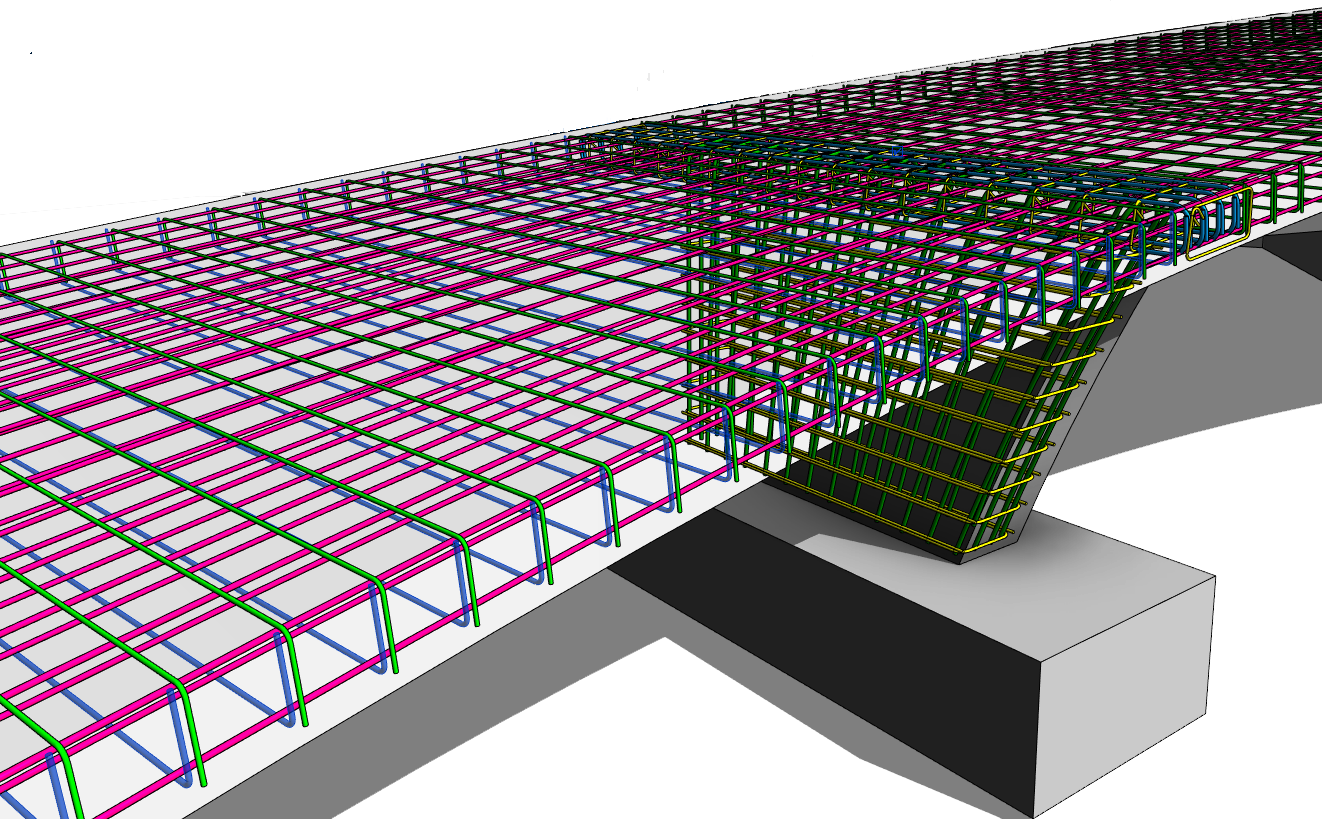
Use the Workshop Instructions parameter to specify how a free form rebar will be fabricated and you’ll be able to choose between “Straight” and “Bend.” Straight means that the bar will be delivered as a straight bar to the site, and the shape code is of the first straight rebar shape loaded into the project, like 00. Bend means that, if possible, the bar will be matched to an existing rebar shape or a matching one will be created.
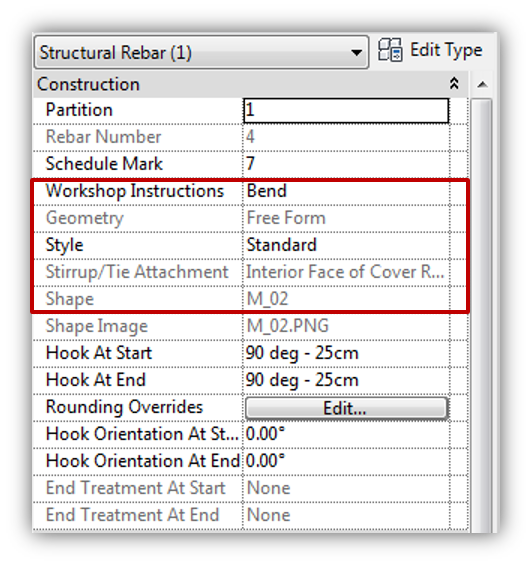
Rebar numbering and assembly matching as well as all other properties of the structural rebar category make use of the shape information (shape codes and segment lengths) when dealing with a free form bar matched to a rebar shape family.

Benefit: This feature has been introduced to better communicate design intent, fabrication data in the form of bar bending schedules showing individual segment lengths, and shape codes when using planar free form rebar. All to enhance 3D modeling and communication of fabrication instructions.
Precast automation for lattice girder slabs*
Girder slabs are now part of the precast automation process, following similar configuration rules and workflow as the existing elements. They are part of the Structural Precast Extension for Revit 2019 add-on .
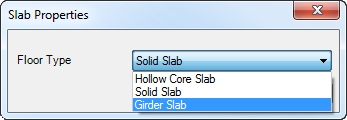
Now you can find the ability to perform segmentation into girder slabs and add reinforcement according to predefined rules so you can automate the whole process of modelling precast girder slab assemblies. Furthermore, this feature can be used in conjunction with the Shop Drawings and CAM Export features so you have a seamless coordination from design to fabrication.
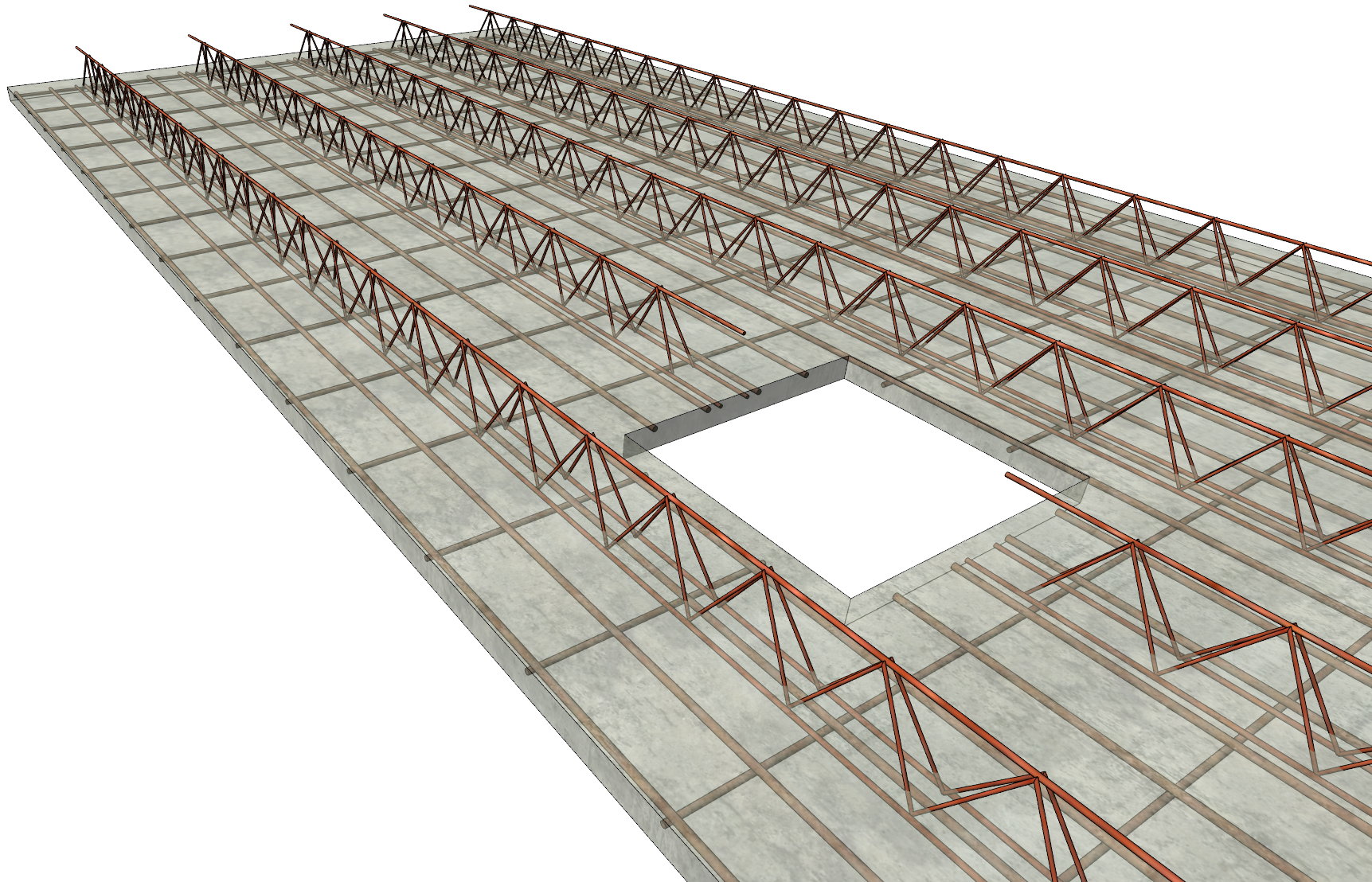
Benefit: This functionality gives you an enhanced and automated design to fabrication process.
API for precast automation*
The Precast for Revit dedicated API allows bespoke configurations for modelling, like segmentation or reinforcement rules, position of lifters and connections, also bespoke documentation, like custom annotation styles, or multiple shop drawings for an assembly with one click, or customized numbering.
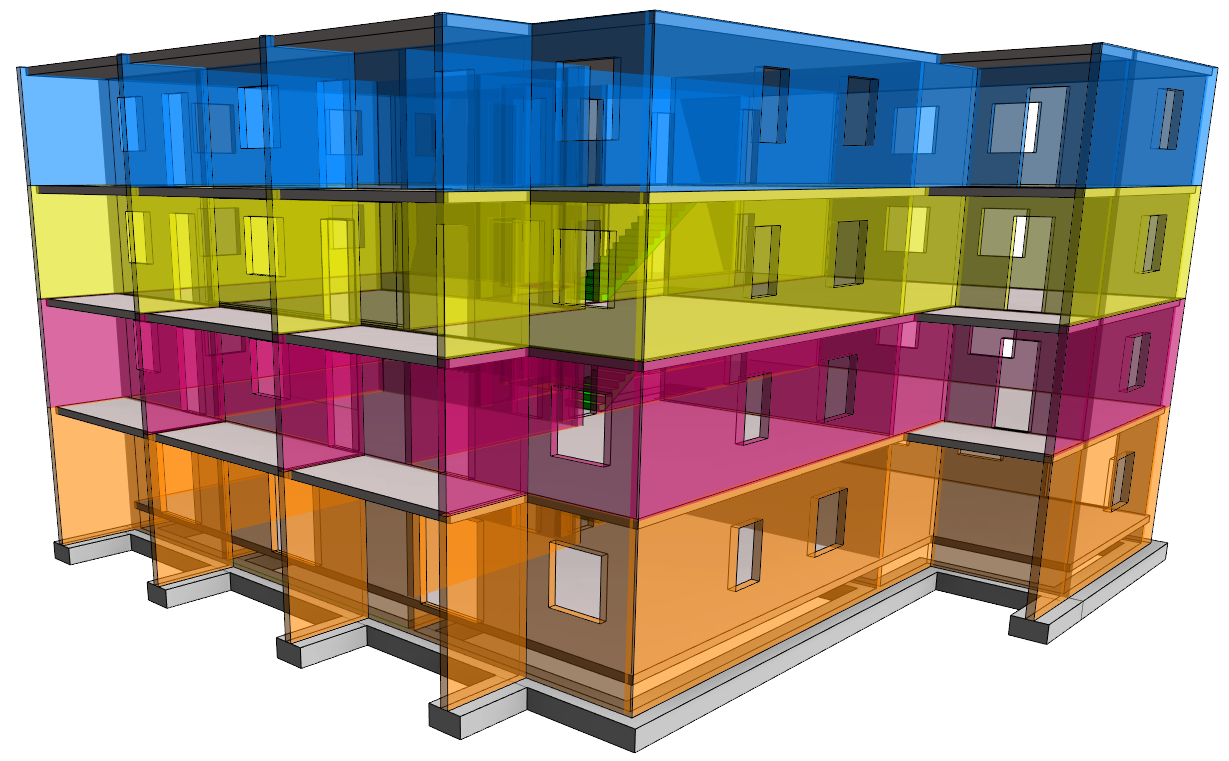
Benefit: This empowers structural precast support and complements the Revit platform.
*Part of the Structural Precast Extension for Revit 2019 add-on, available later in May 2018 via the Autodesk Desktop App.

